Biomimicry Design Challenge
Students of Bio Inspired Innovation joined the Global Biomimicry Design Challenge. They used the Biomimicry method to design solutions to prevent, combat or to endure the effects of climate change. Here you can find an overview of the submissions from all the Utrecht University teams.
2020-2021
The first results of our Design Challenge at the Master of Bio-Inspired Innovation are here! This year’s winner is Etagair! But all the contestants were of such high quality that the jury took more than an hour to reach a verdict. If you want to see how you can learn from Nature and come up with regenerative and sustainable innovations, you’ll enjoy these pitches!
Etagair by Matuu
MIMAF Eco-Panels
Home-stasis Endotex
SaniTerra
Sunsplit
Taeda by Atlas
2019-2020
This year’s contestants were faced with an extra difficult assignment. Not only was the ecological or biomimetic content and business readiness evaluated by the judges, there was also serious attention to the social dimension through the incorporation of the UN Social Development Goals in the different designs.
BeFlow
Sometimes you see an old technique being repackaged as something new. Sometimes you see an old technique and you can make drastic improvements in performance by adding knowledge from biology. In this innovation proposal you’ll see how we can improve the pyrolysis process drastically.
Pranavayu
Filtering fine dust is necessary in a carbon based energy system. To immediately stop with these fuels that emit the dust is more easily said then done. Pranavayu recognizes that people first have to be healthy and a bit more secure about their future before they want to engage in change. And this is what Pranavayu focuses on: providing Tuk-Tuk drivers in heavily polluted cities like Mumbai, India with a bio-inspired filter that will allow them to earn a bit more in 3 ways.
We Wei – Learning From Nature
Development economics states there are basically two measures that you can take to develop a country. Redistribution of the means of production and education. We Wei wants to collaborate with teachers, students and education institutes to transfer knowledge about bio-inspired design and innovation that fits local contexts.
Bottlebricks
The Bottlebricks team paid serious attention to the social dimension, but they even departed from there. Using a humanitarian value, they derived at a bioinspired design that would enable refugees to improve their housing conditions and take a small part of their fate into their own hands. Besides the promotion of circular or recycle solutions we hope this idea becomes reality that leads to a bit of empowerment.
2018-2019
Strobilus

Air pollution is a major environmental and public health problem. Atmospheric particulate matter (PM) has a direct effect on global warming. Eliminating all PM would result in a 20-48% net warming reduction within 5 years, whereas eliminating 30% CO2 would have the same effect only after 50-200 years.
Oceanly
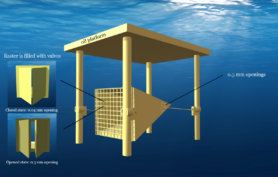
The problem we are trying to solve is microplastic pollution in the oceans. This pollution is one of the causes that make our oceans less resilient to climate change. We strive for cleaner oceans to conserve marine biodiversity and indirectly our food security.
ATL solutions
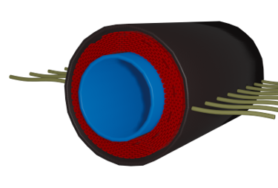 Mexico city’s predicament is indicative of things to come. As climate change accelerates, it is expected that rainfall events will become more intermittent and powerful. Increasing urbanisation and over-exploitation of ground water resources is exacerbating water stress and flooding events. We feel that a new approach to the water system in Mexico city is imperative. Many diverse management strategies need to be integrated in an ecosystem approach.
Mexico city’s predicament is indicative of things to come. As climate change accelerates, it is expected that rainfall events will become more intermittent and powerful. Increasing urbanisation and over-exploitation of ground water resources is exacerbating water stress and flooding events. We feel that a new approach to the water system in Mexico city is imperative. Many diverse management strategies need to be integrated in an ecosystem approach.
Suponji
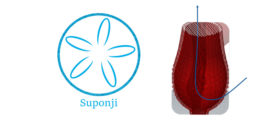
The reality of climate change is increasingly evident within our vast oceans. With rising temperatures and ocean acidification, as well as human-induced pollution, agricultural run-off, and overfishing, ocean ecosystems are changing drastically and natural food webs are being disrupted. Jellyfish are becoming increasingly abundant in the world’s oceans owing to their ability to survive in harsh environments. They are so successful that they are blooming in numbers that imbalance entire ecosystems and disrupt local fisheries. We aim to create a bio-inspired solution that restores balance within the local ecosystem and helps local communities mitigate the impacts of climate change.
A/C Easy
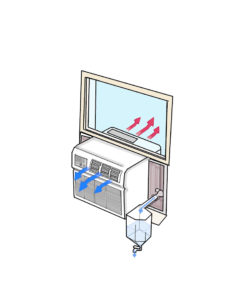 The climate is getting warmer, yet people want to stay cool. Due to rapid economic growth, individuals in countries such as China have greater amounts of disposable income and spending power. In a hot, humid area like Shanghai, these air conditioning units condense large quantities of water, however, this water is often simply discarded on the outside of the air conditioning unit. A/C easy aims to provide simple solutions to convert already installed air conditioners into a source of water. Using our easy modular approach a previously wasted source of life can again be used for good.
The climate is getting warmer, yet people want to stay cool. Due to rapid economic growth, individuals in countries such as China have greater amounts of disposable income and spending power. In a hot, humid area like Shanghai, these air conditioning units condense large quantities of water, however, this water is often simply discarded on the outside of the air conditioning unit. A/C easy aims to provide simple solutions to convert already installed air conditioners into a source of water. Using our easy modular approach a previously wasted source of life can again be used for good.
Fenrir
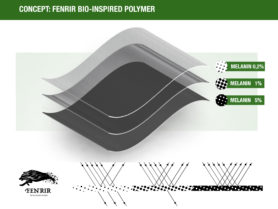 These last decades, more and more plastics accumulate in nature, due to abundant use of petrol-based material. In agriculture, for example, these polymers are frequently used for diverse applications, eventually ending up into the ground, increasing pollution of soils. This is why we focus on designing a biodegradable alternative.
These last decades, more and more plastics accumulate in nature, due to abundant use of petrol-based material. In agriculture, for example, these polymers are frequently used for diverse applications, eventually ending up into the ground, increasing pollution of soils. This is why we focus on designing a biodegradable alternative.

